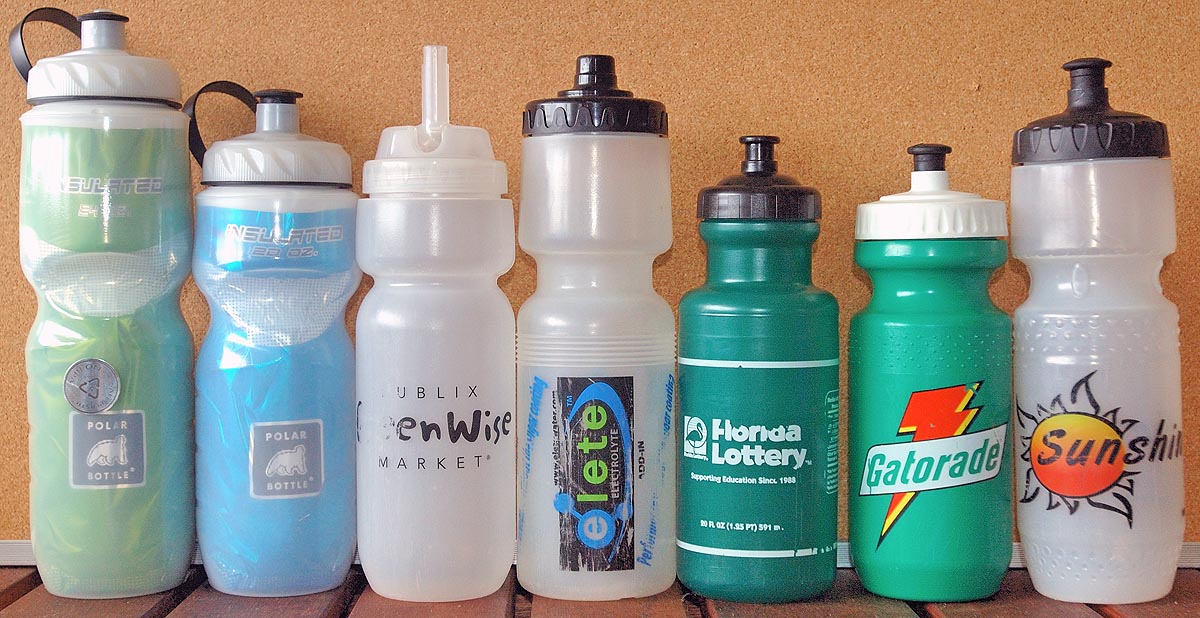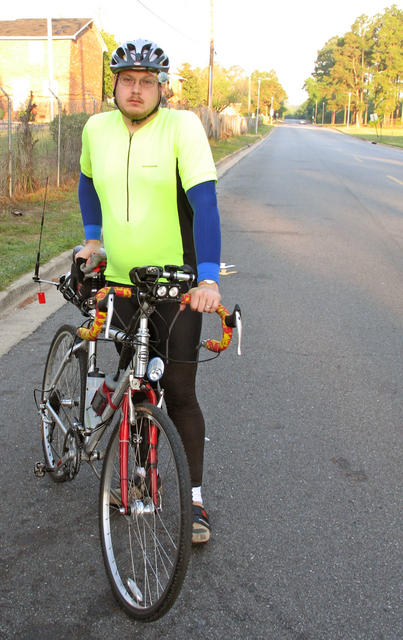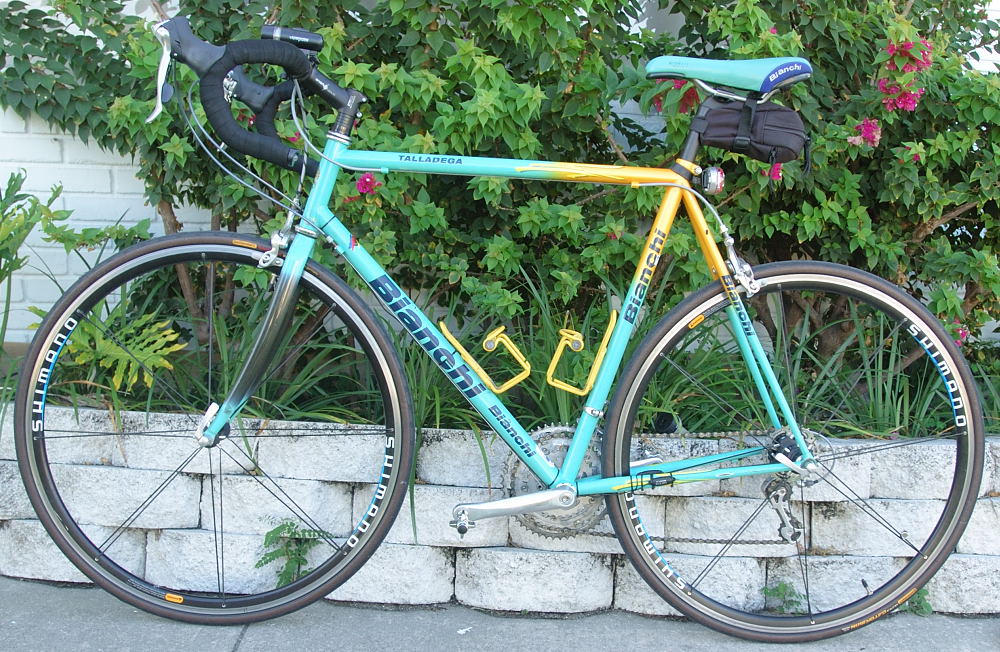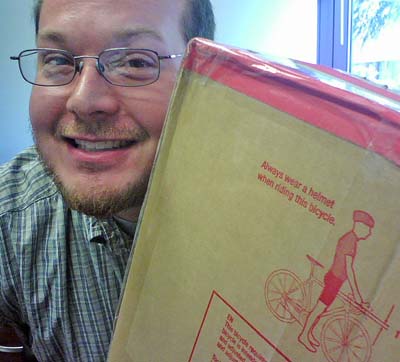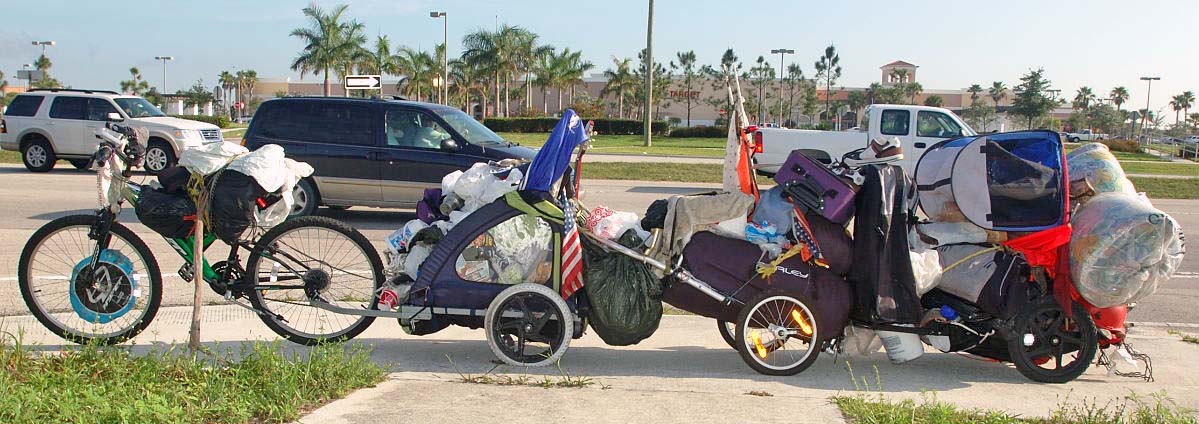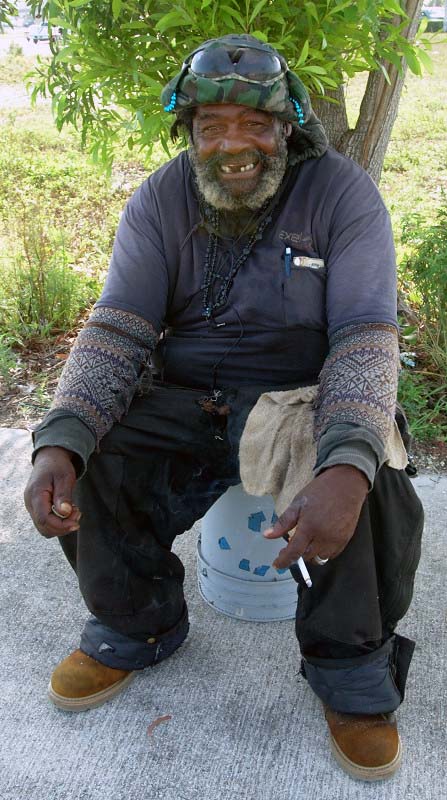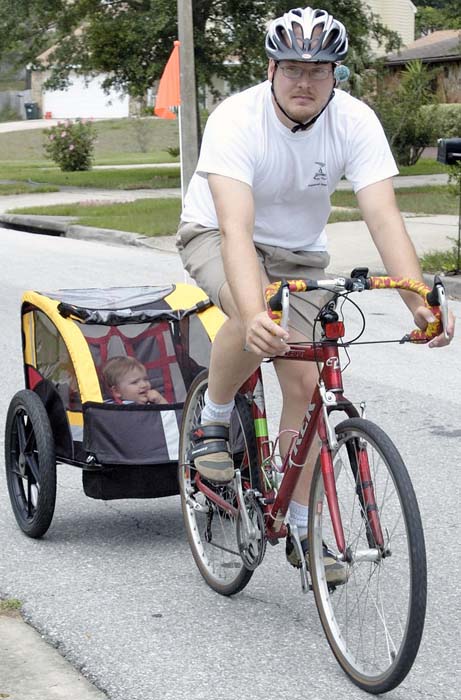 As I pull my kid around in his bike trailer, other cyclists pass me as though I am stopped on the side of the road changing a flat. I console myself by counting trailer miles twice.
As I pull my kid around in his bike trailer, other cyclists pass me as though I am stopped on the side of the road changing a flat. I console myself by counting trailer miles twice.
Ten miles pulling the trailer should go in the log book as 20 miles, right? That’s my rule of thumb. Calories burned per mile? Double that, too!
The truth ain’t that far off, the math is fairly simple, the variables, however, make this a matter best left for scientists and philosophers.
Calories Burned While Cycling
Speed and weight determine calories burned:
- 15 mph = 0.049 calories per pound per minute
- 25 mph = 0.139 calories per pound per minute
Calories burned per pound per mile ridden is not a linear function — going from 15 miles an hour to 30 miles an hour doesn’t double your calories burned. Drag is proportional to the square of speed. Thus overcoming drag at higher speeds results in far more calories being burned. Just trust me when I say Aerodynamic drag is complicated and let’s do some examples
Cyclist at 130 Pounds
- 15 mph = 0.049 calories * 130 pounds = 6.37 calories per minute
- 15 mph = 25 calories per mile
- 25 mph = 0.139 calories * 130 pounds = 18.07 calories per minute
- 25 mph = 43 calories per mile
Cyclist at 180 Pounds
- 15 mph = 0.049 calories * 180 pounds = 8.82 calories per minute
- 15 mph = 35 calories per mile
- 25 mph = 0.139 calories * 180 pounds = 25.02 calories per minute
- 25 mph = 60 calories per mile
Cyclist at 220 Pounds (ie: me)
- 15 mph = 0.049 calories * 220 pounds = 10.78 calories per minute
- 15 mph = 43 calories per mile
- 25 mph = 0.139 calories * 220 pounds = 30.58 calories per minute
- 25 mph = 73 calories per mile
Calories Burned While Pulling a Trailer
My nearly four-year-old son clocks in at 45 pounds. His trailer weighs about 30 pounds. He has another ten pounds of toys, snacks and drinks. That means I’m hauling around 85 more pounds.
Since I’m positive I’m not going 25 miles an hour while pulling the bike trailer, let’s isolate just that 85 pound load at 15 miles an hour…
- 15 mph = 0.049 calories * 85 pounds = 4.165 more calories per minute
- 15 mph = 17 more calories per mile
That means it takes 40% more energy to pull the trailer than to just drive myself around, all else being equal.
As a 220-pound cyclist, it costs me 43 calories per mile to ride. Toss the trailer on there and I’m burning roughly (very roughly) 60 calories per mile.
For a lighter biker, the trailer is a larger percentage of the total weight involved in the trip. As such, the lighter the rider, the more meaningful the increase in calories burned while pulling the trailer. Continue reading “Calories Burned While Pulling a Bike Trailer”

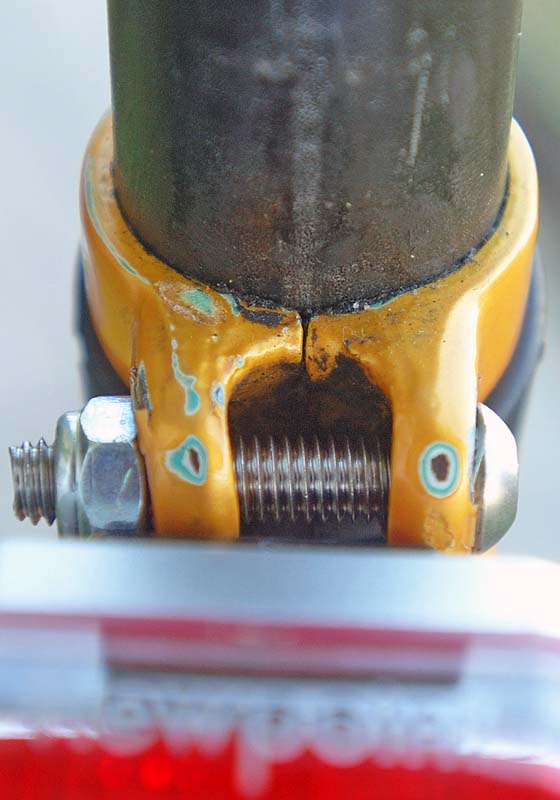
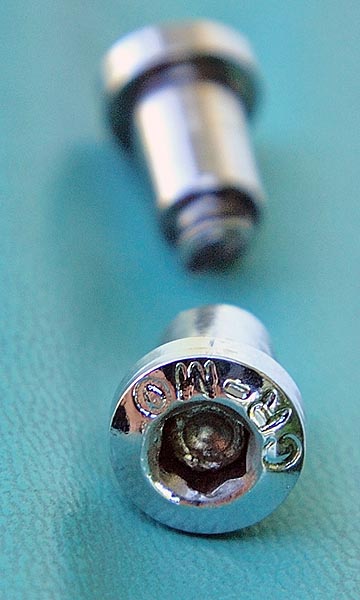
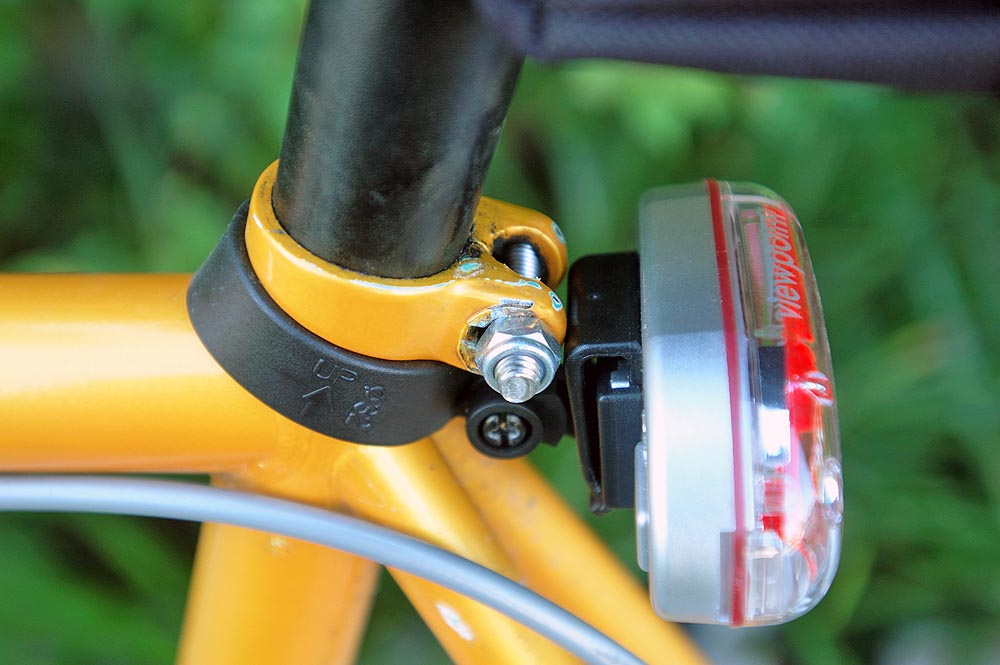
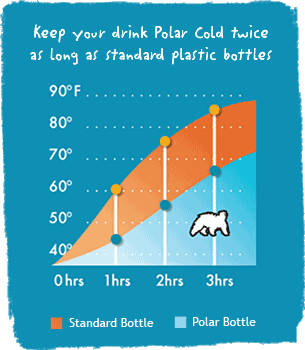 It is hot.
It is hot.